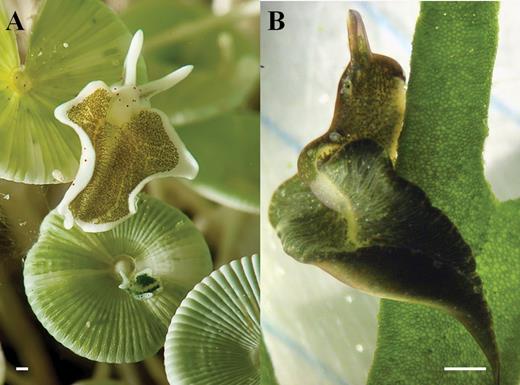New lettuce slug from ReefCleaners. This one has interesting blue undertones below its frills and mottled body:

My old lettuce slug had the more typical green/dark green coloration:


Are there variants of Elysia crispata, or are there different species often mixed together? ReefCleaners advertises E. crispata as their offering. I imagine sexual dimorphism isn't a thing, as I don't know how much visual cues these slugs use. @SlugSnorter @ISpeakForTheSeas any ideas? Could it be an E. clarki? Slug forum shows those as more from south/central Caribbean...
My old lettuce slug had the more typical green/dark green coloration:
Are there variants of Elysia crispata, or are there different species often mixed together? ReefCleaners advertises E. crispata as their offering. I imagine sexual dimorphism isn't a thing, as I don't know how much visual cues these slugs use. @SlugSnorter @ISpeakForTheSeas any ideas? Could it be an E. clarki? Slug forum shows those as more from south/central Caribbean...















